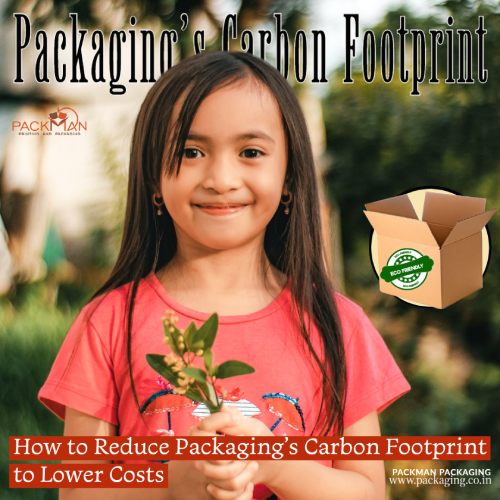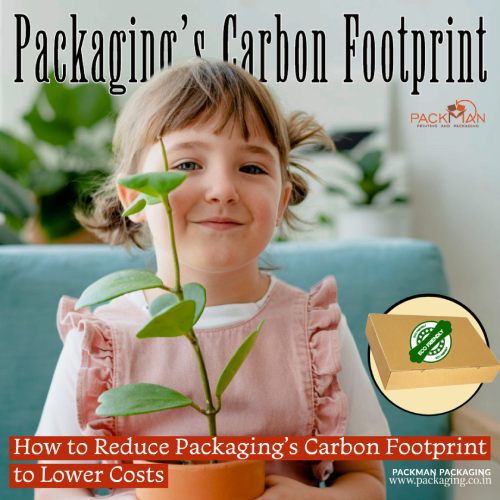In a modern-day world, where sustainability and cost-efficiency go hand in hand, finding ways to reduce the carbon footprint of packaging is crucial. Not only does this contribute to environmental preservation, but it can also lead to significant cost savings for businesses. By implementing innovative strategies and adopting eco-friendly practices, companies can simultaneously minimize their impact on the planet and boost their bottom line.
This blog from Packman Packaging India’s top corrugated boxes manufacturer, supplier, and wholesaler tells about actionable steps that businesses can take to reduce packaging’s carbon footprint and lower costs.
Optimize Packaging
The first step in reducing packaging’s carbon footprint is optimizing its design. By creating packaging that is tailored to the product’s size and shape, companies can minimize material waste and reduce transportation costs. Using computer-aided design (CAD) software can help in creating efficient packaging structures. Additionally, considering alternative materials, such as biodegradable or recyclable options, can significantly reduce environmental impact.
Streamline Packaging Processes
Streamlining packaging processes is essential for reducing both costs and carbon emissions. Companies should analyze their packaging operations to identify areas for improvement. Automating certain tasks, implementing lean manufacturing principles, and optimizing inventory management can lead to increased efficiency and decreased waste. Additionally, collaborating with suppliers and logistics partners to improve supply chain visibility and coordination can help reduce unnecessary packaging and transportation.
Embrace Sustainable Materials
Choosing sustainable materials is a crucial aspect of reducing packaging’s carbon footprint. Materials like recycled paper, cardboard, and bioplastics offer eco-friendly alternatives to traditional packaging materials. Companies can also explore innovative options, such as mushroom-based packaging or edible packaging films. Additionally, considering reusable or refillable packaging solutions can significantly decrease waste and greenhouse gas emissions.
Implement Packaging Reduction Strategies
Reducing the amount of packaging used is an effective way to lower costs and minimize environmental impact. Companies should evaluate their packaging needs and look for opportunities to eliminate excess packaging layers or unnecessary components. Right-sizing packaging and implementing lighter-weight materials can also reduce material consumption and transportation-related emissions.
Opt for Efficient Logistics
Efficient logistics play a vital role in reducing both costs and carbon emissions associated with packaging. Consolidating shipments, optimizing routes, and adopting greener transportation options, such as electric vehicles or rail transport, can significantly reduce carbon footprints. Collaboration with logistics providers to find innovative solutions, such as reverse logistics for packaging returns, can further enhance sustainability efforts.
Decreasing packaging’s carbon footprint not just contributes to a greener future but also offers substantial cost-saving opportunities for businesses. By optimizing packaging design, streamlining processes, embracing sustainable materials, implementing packaging reduction strategies, and adopting efficient logistics, companies can achieve significant reductions in their environmental impact while cutting costs. Embracing sustainability in packaging practices not only demonstrates corporate responsibility but also aligns with the evolving consumer preferences for eco-friendly products. By taking proactive steps, businesses can create a win-win situation, benefiting both the environment and their bottom line.





